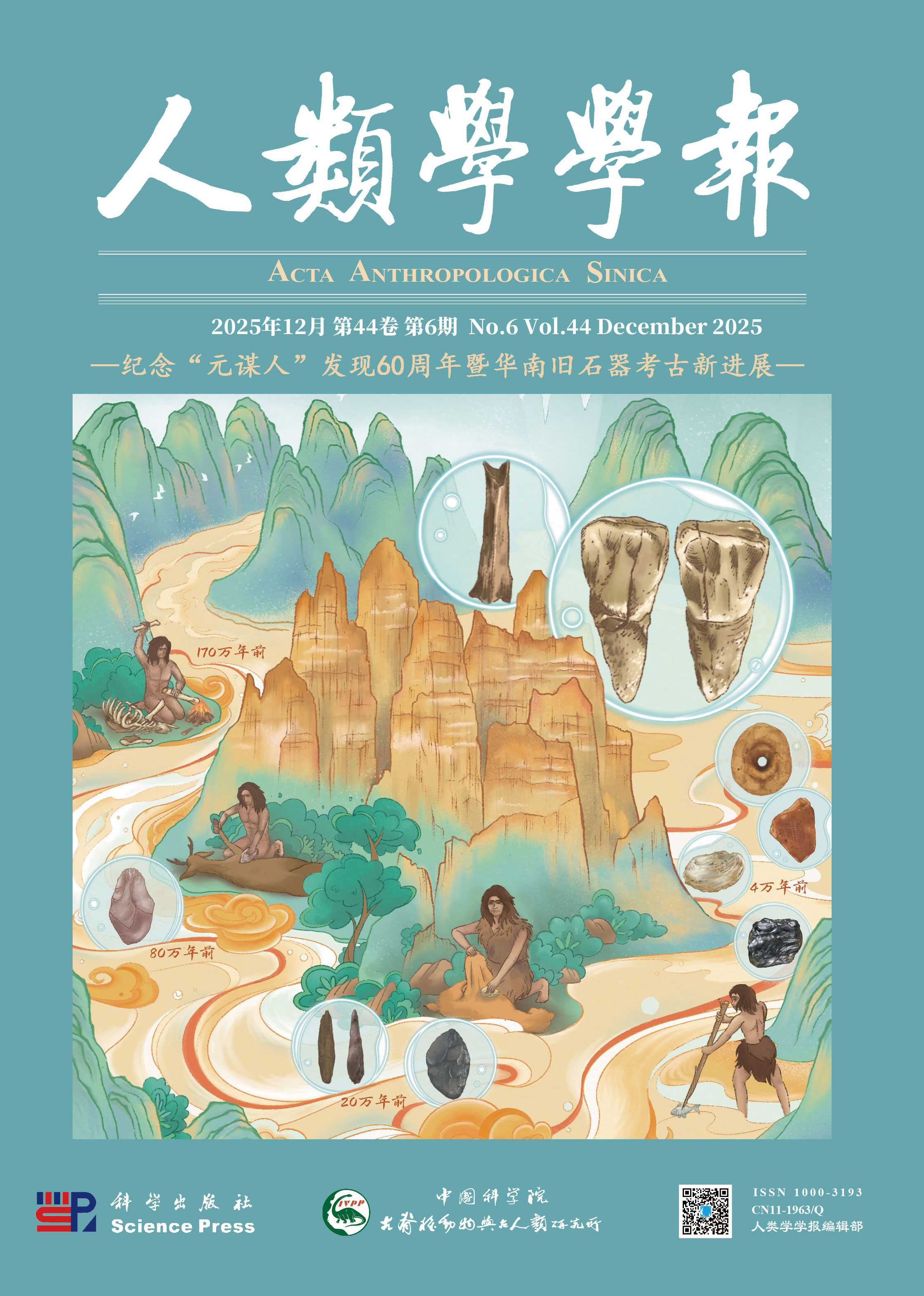A study of the physical characteristics of the Derung and Mang peoples in China
ZHENG Lianbin, LU Shunhua, XU Bosong, LUO Dongmei, ZHANG Xinghua
2008, 27(04):
350-358.
 Asbtract
(
542 )
Asbtract
(
542 )
 PDF (186KB)
(
252
)
Related Articles |
Metrics
PDF (186KB)
(
252
)
Related Articles |
Metrics
The physical characteristics of 200 adults (97 males and 103 females) of the Derung peoples were investigated from Dulongjiang village, Gongshan county, Yunnan province. In addition, physical characteristics of 56 adults (33 males and 23 females) of the Mang peoples were investigated from Jinshuihe village, Jingping county, Yunnan province. Indices and statistical distributions of the physical characteristics were calculated, with the following results.
1) The physical characteristics of the Derung and Mang are similar, and close to the characteristics of the Dongzu, Lahu, Yizu and Benglong. 2) Among the populations of the South Asian type of Mongoloid, the interocular breadth of the Derung and Mang is larger, in contrast to other indices that are relatively small. 3) Some types of characteristics of the Derung, including hypsicephalic type, acrocephalic type, medium chest circumference and medium distance between the iliac crests were observed in high frequencies. In males, the percentage of mesocephaly, leptoprosopy, mesorrhiny, long trunk, mesatiskelic type and broad shoulder breadth is high, while in females, high frequencies appeared in brachycephaly, euryprosopy, leptorrhiny, medium length of trunk, subbrachyskelic type and narrow shoulder breadth. 4) Typical physical characteristics of the Derung and Mang are mesocephaly (length2breadth index of head), hypsicephalic type, mesorrhiny, mesatiskelic type, medium chest circumference, broad shoulder breadth and medium distance between iliaccrests. Males are of the metriocephalic type (breadth-height index of head), euryprosopy and long trunk. Females are of the acrocephalic type and medium length of trunk. The percentage of hypereuryprosopy is equal to that of euryprosopy in females. 5) In the Derung and Mang, percentages of mongoloid fold are small. Nasal root height is relatively small but nasal breadth is larger than in populations of the North Asian type of Mongoloid.









